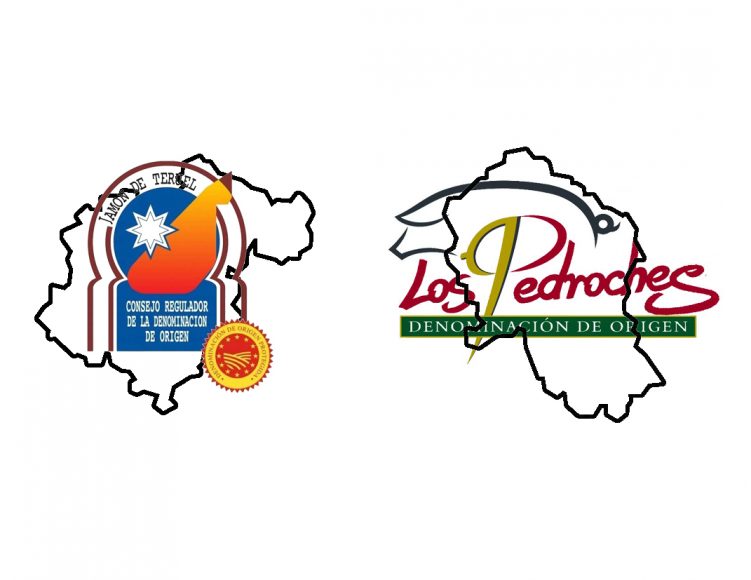This is perhaps the best definition of what a Protected Designation of Origin (PDO) represents: a product with strong ties to the territory. When we talk about a product covered by an outstanding quality label such as PDO, we are not just talking about an item with acknowledged and recognisable quality; it is so much more. This is a traditional product that follows the methods used in its area, belonging to its people, its geography and its climate. Its products are bound to the land and its culture. They generate wealth directly and indirectly because all the manufacturing processes are tied to the local area.
We were really lucky to recently visit a cured ham production area within the Los Pedroches PDO, in Cordoba. We were amazed not only by the beauty of the meadows and its friendly people, but we were able to enjoy a vastly fulfilling experience thanks to the International Ham Cutting School (EICJ) and the Los Pedroches PDO Control Board. As producers of Jamón de Teruel PDO, we are passionate about products with outstanding quality and on this trip we got the same feeling from the General Secretary of the Cordoba PDO, Juan Luis Ortiz, and a company producing 100% acorn-fed Iberian Ham: Ibesa.
Juan Luis radiates his love of ham, 100% acorn-fed Iberian pigs, his land and the work performed by the people here. He is a loyal defender of the designations of origin that not only guarantee quality and a job well done for consumers but that help provide the backbone to areas such as Los Pedroches or in our case Teruel. During our visit, we witnessed how a product such as ham, if it is hand-crafted, is entirely tied to the territory producing it.
Teruel is characterised by its cold, dry climate. According to the Jamon de Teruel PDO standard, our natural drying spots should be more than 800 metres above sea level. The altitude of the towns belonging to Los Pedroches PDO is not so different from Teruel but the temperatures vary greatly. In the province of Cordoba, ham-maturing facilities are usually half-underground in an attempt to maintain a reasonably constant temperature but, above all, to escape from the high summer temperatures. The opposite happens in Teruel. Although there are also semi-underground facilities, our drying spots are at ground level, making the most of the cold, dry winds in the winter to cure the ham and also the daytime heat in the summer that fades away as night falls. The environment also influences how we feed our animals. Teruel, and its adjacent provinces, produce cereals that make up most of our pig feed. The holm oaks in the meadows forming the landscape of Los Pedroches produce the acorns that feed their pigs.
Instead of talking in circles about the quality or convenience of using different feeds, we decided to work together on our assignment to preserve our traditional products and guarantee consumers that the ham that they are eating has a proper name and of course, a place of origin.


